The Petro.ai version of stacked pay analysis in the Pad Scenario Designer App is visited below. ROI is maximized in this modeling app through calculations that come from drainage including vertical stress profiles and frac geometries. Tradeoffs are created by moving wells between the layers in our stacked pay environment and evaluated as the associated ROI changes.
1. The graph on the right below indicates the stacked pay intervals, starting closest to the surface: Sprayberry, Middle Sprayberry, Jomill, Lower Sprayberry, Dean, Wolfcamp A, Wolfcamp B and then the too deep and too old shale. In this scenario we have two targets in the Lower Sprayberry and two in Wolfcamp A, both good pay zones in the Midland basin.
The graph on the left indicates the vertical stress profile.

2. Now we want to think about optimizing the stacked pay so that means working with frac geometries. To investigate that complexity, we need to look at the drainage patterns in relationship to our pad economics. The wells are going to cooperate to drain the reservoir.
Let’s create a new configuration with one well in the Lower Sprayberry, one in the Dean and one in Wolfcamp A. Now we run the app for the drainage working to exploit our stacked pay. The result are some good pad economics.

3. Let’s see what happens if we add another well next to the one we placed in the Dean and run our build. This time, our pad ROI dropped because I put these two center wells too close together.

4. What if I remove the Dean, put in a Wolfcamp A well and run that? Even though we targeted a different interval, the ROI is better but not optimal. I was targeting the Lower Sprayberry and Wolfcamp A but these wells are cooperating to drain everything in this reservoir. When I see what I’m stimulating, it’s because these Wolfcamp A fracks aren’t just staying in the Wolfcamp A, they’re growing up into the Dean and the Lower Sprayberry. We’re stimulating part of the reservoir that’s already been captured by the well above it.

5. Let’s try something different like a wine rack pattern and examine this exploitation strategy. Let’s say I know that my optimal spacing is 900 feet. So, I’ll run this drainage. And I find, I’ve made an unproductive pad. I notice I’m stimulating the central area too much.

6. So, we’ll bring up the Lower Sprayberry wells and run it again. This made the pad much better as I was able to get fracs that stimulated more of the reservoir acreage and drained it, but still not optimal.

7. Now let’s ask, what if we get rid of the Dean well? We run it and see that we improved the pad markedly. The added cost of putting in a Dean well wasn’t worth it.

8. Now what if I remove one of the Lower Sprayberry wells? And I move the other Lower Sprayberry well to the center? The results are about the same. I can deploy less capital because I can put in one less well and get about the same ROI back on this pad.

9. We can keep trying different scenarios. So, let’s test drive two Lower Sprayberry and one Wolfcamp A. And we find the best pad. We’ve maximized ROI through calculations that come from drainage. Our pad design decision is derived from accurate algorithms that contextualize all the variables and inputs into each scenario design.





